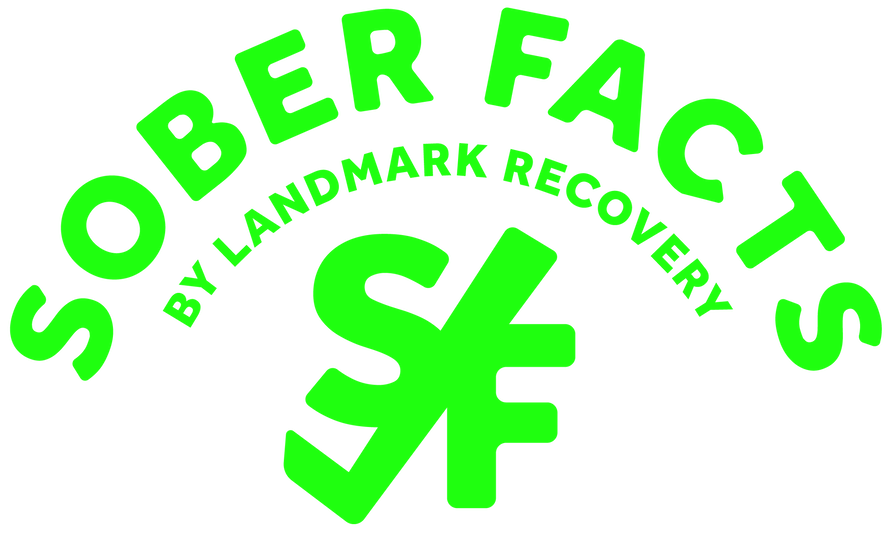Choosing recovery close to home means your support system is just a few miles away.
- 100% Confidential
- Available 24/7
- No Pressure to Commit
- Multiple Financial Options Available
Choosing recovery close to home means your support system is just a few miles away.

Sounds Like: Krack
Classification: stimulant
Controlled Substance Act Schedule: II
Other names for Crack
Crack, an addictive and powerful stimulant, is a derivative of powdered cocaine. It’s made by dissolving powdered cocaine into a mixture of water and ammonia or sodium bicarbonate (baking soda). This mixture is then boiled until a solid substance forms. The solid substance is dried, then broken into chunks, which many drug dealers call rocks. Crack rocks are usually white or off-white and vary in size and shape.
Highly addictive in any form, crack cocaine seems to carry more of a dependency risk as it’s smoked. Cocaine use can constrict blood vessels, increase body temperature and heart rate, and increase a person’s risk for cardiac arrest. Crack users often suffer from respiratory problems, which can include bleeding of the lungs.
Breaking the cycle of addiction from crack cocaine can be difficult. Most doctors prescribe medical detox followed by residential treatment.
Need help with Crack or another drug addiction?
Call Landmark Recovery and speak with an admission specialist today.
Call NowWe're available 24/7 to help you find Recovery
While medical cocaine does exist, crack was created purely for recreational purposes.
Obtained from coca leaves, cocaine has been in use since the 1500s. It was used as a nerve block in the late 1800s. It is rarely used in medicine today.
Most users of crack cocaine ingest it by heating a small rock or chunk and then inhaling the vapors that come off it, usually through a pipe. Smoking crack delivers an intense and immediate high. Some people dissolve crack in a liquid (water) and inject it. Harm reduction advocates suggest a safe way of using crack is by dissolving it in a liquid then squirting the solution into the anus.
The high that crack produces is usually followed by an intense low, or strong feelings of sadness and depression. Users can experience a schizophrenic-type psychosis.

Uncontrolled cravings for crack
Increased breathing rate
Irresponsibility
Aggression
Burns or cracks on lips and fingers
Unsuccessful attempts to stop using the drug
Prioritizing use of crack over spending time with family or friends
Legal or financial problems
Use of crack despite adverse of negative behaviors
Crack became popular in the 1980s due to its immediate high and because it was easy and inexpensive to produce.
Whitney Houston, the famous singer, struggled with a crack cocaine addiction. Some people can become instantly addicted to crack by taking it just one time.